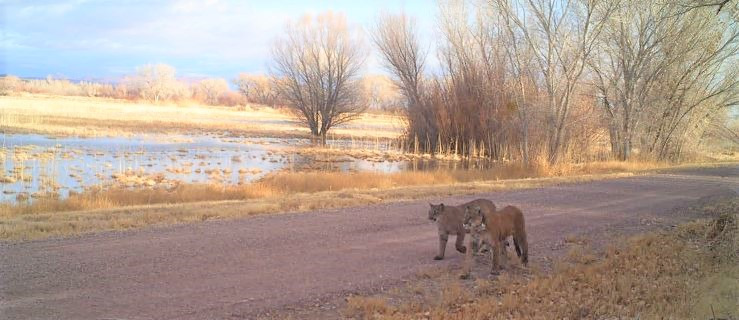The Wild Southwest
Finished! Looks like this project is out of data at the moment!
04/16/25: Thanks for your hard work! Check back for more data from Armendaris in May. Also note - this project recently migrated onto Zooniverse’s new architecture. For details, see here.

Help wildlife managers in the southwestern US assess populations of native and invasive species!
Learn moreZooniverse Talk
Chat with the research team and other volunteers!
The Wild Southwest Statistics
View more statsKeep track of the progress you and your fellow volunteers have made on this project.
Every click counts! Join The Wild Southwest's community to complete this project and help researchers produce important results. Click "View more stats" to see even more stats.
Percent completeBy the numbers
Message from the researcher
Camera traps give us a window into the lives of wild animals that can help us learn more and better protect them. Your help as a volunteer sorting through and identifying these images directly impacts conservation in the southwestern US!
rowan_aspireAbout The Wild Southwest
Motion triggered cameras, a.k.a. "camera traps," are a powerful tool for monitoring populations of many different wildlife species in a safe and non-invasive way. However, camera traps generate huge numbers of images that can be time-consuming to sort through and identify. Many researchers (including several other projects here on Zooniverse!) have been working to automate this process.
Our team is working to move one step further by also creating a process to automatically estimate the distance of an animal from the camera while also identifying it. This helps wildlife managers understand population density using statistics. Many other wildlife detection algorithms use the whole image; for our distance detection to work, we need to be able to identify the animal itself. We need your help to label images of wildlife with bounding boxes to help train the algorithm and give it examples of what to look for!